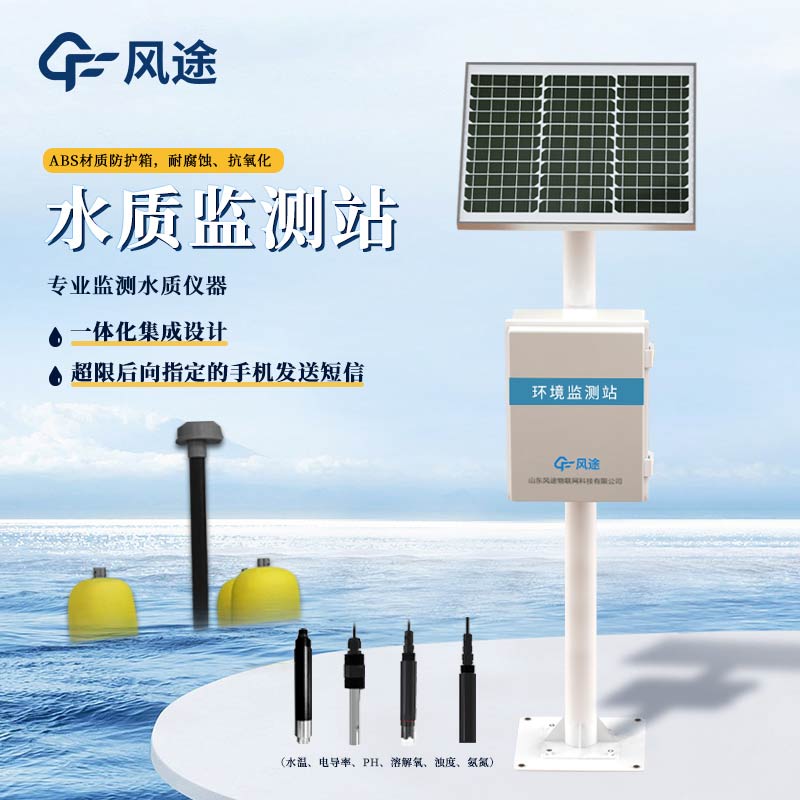Meteorological environment monitoring equipment supplier
Insist on doing high-precision customer favorite technology products
The groundwater environmental monitoring network is conducive to a comprehensive understanding and protection of groundwater resources. It mainly consists of several important components. Monitoring stations are scattered everywhere, and groundwater monitoring wells and springs, among others, are the key elements. They are widely distributed in different areas such as cities, rural areas, and industrial parks, laying the foundation for a comprehensive reflection of the groundwater environmental conditions.
Monitoring equipment undertakes the crucial task of collecting data. Water level sensors, water quality analyzers capable of detecting multiple indicators, and water temperature sensors, etc., are installed at the stations, constantly monitoring information such as the water level, pH value, dissolved oxygen, and the content of various pollutants in the groundwater.
The data transmission system transmits the data obtained by the monitoring equipment to the monitoring center and the data processing platform in a timely and accurate manner through wired means such as optical fibers and cables, or wireless means such as GPRS, 4G/5G, etc.
The monitoring center and the data processing platform, as the core hubs, store, manage, and conduct in-depth analysis of the received data. They generate report charts using professional software and algorithms, providing a scientific basis for the management and decision-making of the groundwater environment.
It can continuously grasp the quality status of the groundwater environment in the long term, accurately identify potential pollution problems and risks. In the work of groundwater pollution prevention and control, it helps to determine the sources, scope, and extent of pollution, evaluate the effectiveness of treatment, and promote the scientific formulation of prevention and control measures and remediation plans.
It focuses on monitoring groundwater-based drinking water sources to effectively ensure the safety of residents' drinking water. It can also serve the management and allocation of groundwater resources, providing data support for their rational development and utilization to achieve the goal of sustainable utilization. Moreover, it can respond quickly in the event of sudden environmental incidents, providing real-time data basis for emergency handling.
It is necessary to comprehensively consider factors such as hydrogeology, water flow patterns, pollution sources, population, and land use types, scientifically plan the layout of monitoring stations and determine their numbers and locations to ensure the representativeness of data. High-precision, stable, and reliable monitoring equipment should be selected according to the monitoring objectives, and regularly calibrated and maintained. Actively introduce advanced technologies such as the Internet of Things and big data to improve the levels of automation, data processing, and information management, and achieve three-dimensional monitoring. Build a complete monitoring quality control system, strengthen the cooperation, communication, and information sharing among various departments, and form a powerful synergy for the monitoring and management of the groundwater environment to safeguard groundwater resources.
